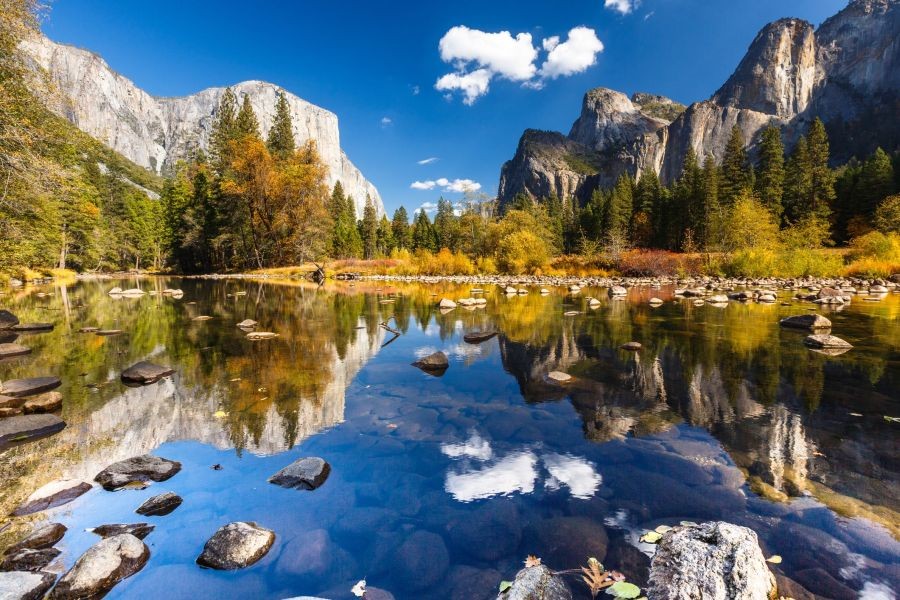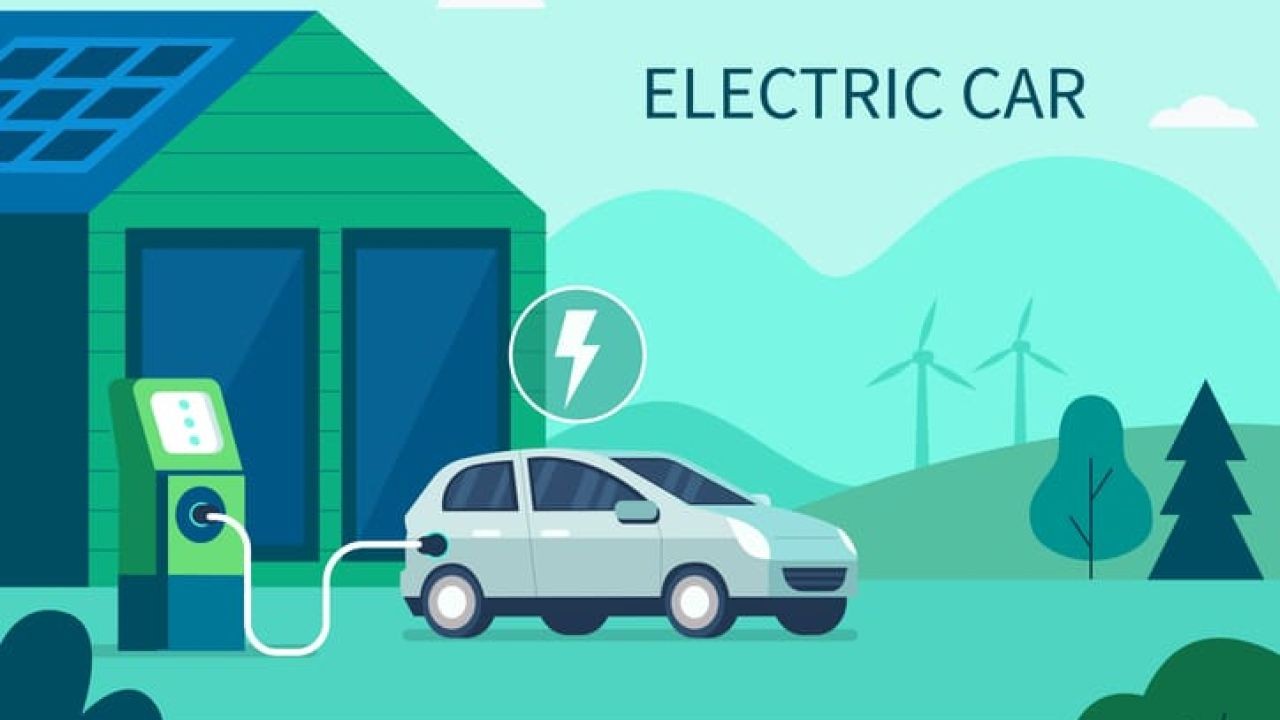New Zealand is renowned for its breathtaking landscapes and pristine natural beauty. While many travelers flock to its well-known sites, the country's national parks hold secrets and stories that even seasoned explorers might not know. In this article, we'll delve into some little-known facts about New Zealand's national parks that are sure to captivate and inspire travel enthusiasts.
The Hidden Ecosystems: More Than Meets the Eye
While many visitors are drawn to the stunning vistas of Fiordland or the geothermal wonders of Tongariro, fewer are aware of the unique ecosystems thriving within these parks. New Zealand's national parks are home to a myriad of endemic species found nowhere else on Earth. For instance, the alpine regions of Aoraki/Mount Cook National Park harbor the world's only alpine parrot, the Kea. This intelligent bird is not just a spectacle; it plays a crucial role in the park's ecosystem by dispersing seeds and maintaining the health of native flora.
Real-World Example: The Kea Conservation Story
The Department of Conservation (DOC) in New Zealand has been actively working to protect the Kea, which is classified as a vulnerable species. Through initiatives like the Kea Conservation Trust, efforts have been made to reduce threats from predators and human interactions. These efforts have led to a 20% increase in Kea populations over the past five years, illustrating the importance of conservation efforts in maintaining New Zealand's unique biodiversity.
Economic Impact: National Parks as Pillars of Tourism
New Zealand's national parks are not just ecological treasures; they are also economic powerhouses. According to the Ministry of Business, Innovation, and Employment (MBIE), tourism contributes nearly NZD 40 billion to the economy annually, with national parks being a significant drawcard. The parks are a cornerstone of the tourism industry, attracting millions of visitors each year and supporting thousands of jobs in hospitality, guiding, and related services.
Data Insight: Tourism and Local Economies
A report by Stats NZ highlights that regions with prominent national parks, such as Southland and West Coast, see a higher percentage of their GDP derived from tourism-related activities compared to other regions. This underscores the vital role that these natural landscapes play in sustaining local economies.
The Intricacies of Park Management: A Balancing Act
Managing these vast natural areas is a complex task that involves balancing conservation efforts with public accessibility. The DOC is responsible for overseeing this delicate equilibrium, implementing measures to ensure that visitor impact is minimized while preserving the parks' natural beauty and biodiversity.
Case Study: Implementing Sustainable Practices
In Fiordland National Park, the introduction of controlled visitor quotas and eco-friendly infrastructure has proven successful. By limiting the number of visitors during peak seasons and providing sustainable transport options, the park has managed to reduce its carbon footprint by 30% over the past decade. This model is being considered for other national parks across the country.
Common Myths: Debunking Misconceptions
- Myth: "All of New Zealand's national parks are crowded and commercialized." Reality: While some parks like Tongariro and Fiordland are popular, many lesser-known parks offer solitude and untouched landscapes, such as Kahurangi and Rakiura.
- Myth: "National parks are only for hikers and climbers." Reality: National parks offer a wide range of activities, from bird watching and photography to cultural tours and star gazing.
Pros and Cons of Visiting National Parks
Pros:
- Unmatched Scenery: Experience some of the most dramatic landscapes in the world.
- Unique Wildlife: Encounter species that are found nowhere else on the planet.
- Sustainable Tourism: Support eco-friendly travel initiatives that protect the environment.
Cons:
- Accessibility Challenges: Some parks require significant travel time and effort to reach.
- Weather Dependency: New Zealand's weather can be unpredictable and may limit activities.
Future Trends: The Role of Technology in National Parks
As technology continues to evolve, its application in national parks is becoming increasingly significant. The use of drones for monitoring wildlife and the implementation of virtual reality experiences are just the beginning. According to a report by NZTech, the integration of AI in conservation efforts is expected to enhance the efficiency and effectiveness of biodiversity monitoring, potentially increasing conservation success rates by 25% by 2030.
Contrasting Viewpoints: Technology vs. Tradition
While some conservationists advocate for the use of advanced technologies to aid in monitoring and managing wildlife, others argue that traditional methods of conservation should not be replaced. Instead, they suggest a hybrid approach that leverages the strengths of both technology and traditional knowledge.
Conclusion: Discover and Protect
New Zealand's national parks are more than just beautiful landscapes; they are vital ecosystems and economic pillars that require thoughtful stewardship. As travelers, we have the opportunity to explore these wonders while also contributing to their preservation. Whether you're a local or an international visitor, consider how your travel choices can support sustainable tourism and conservation efforts.
Ready to explore New Zealand's hidden gems? Start planning your adventure today and discover the untold stories of the national parks. Share your experiences and tips with us in the comments below!
People Also Ask (FAQ)
- What are the economic benefits of national parks in New Zealand? National parks contribute significantly to New Zealand's economy by attracting tourists, which supports local businesses and creates jobs.
- How are New Zealand's national parks managed sustainably? The Department of Conservation employs strategies such as visitor quotas and eco-friendly infrastructure to balance conservation with tourism.
- What unique wildlife can be found in New Zealand's national parks? Parks like Aoraki/Mount Cook are home to unique species such as the Kea, an alpine parrot found only in New Zealand.
Related Search Queries
- New Zealand national parks map
- Best time to visit New Zealand national parks
- Wildlife in New Zealand national parks
- Sustainable tourism in New Zealand
- New Zealand national parks hiking trails






























